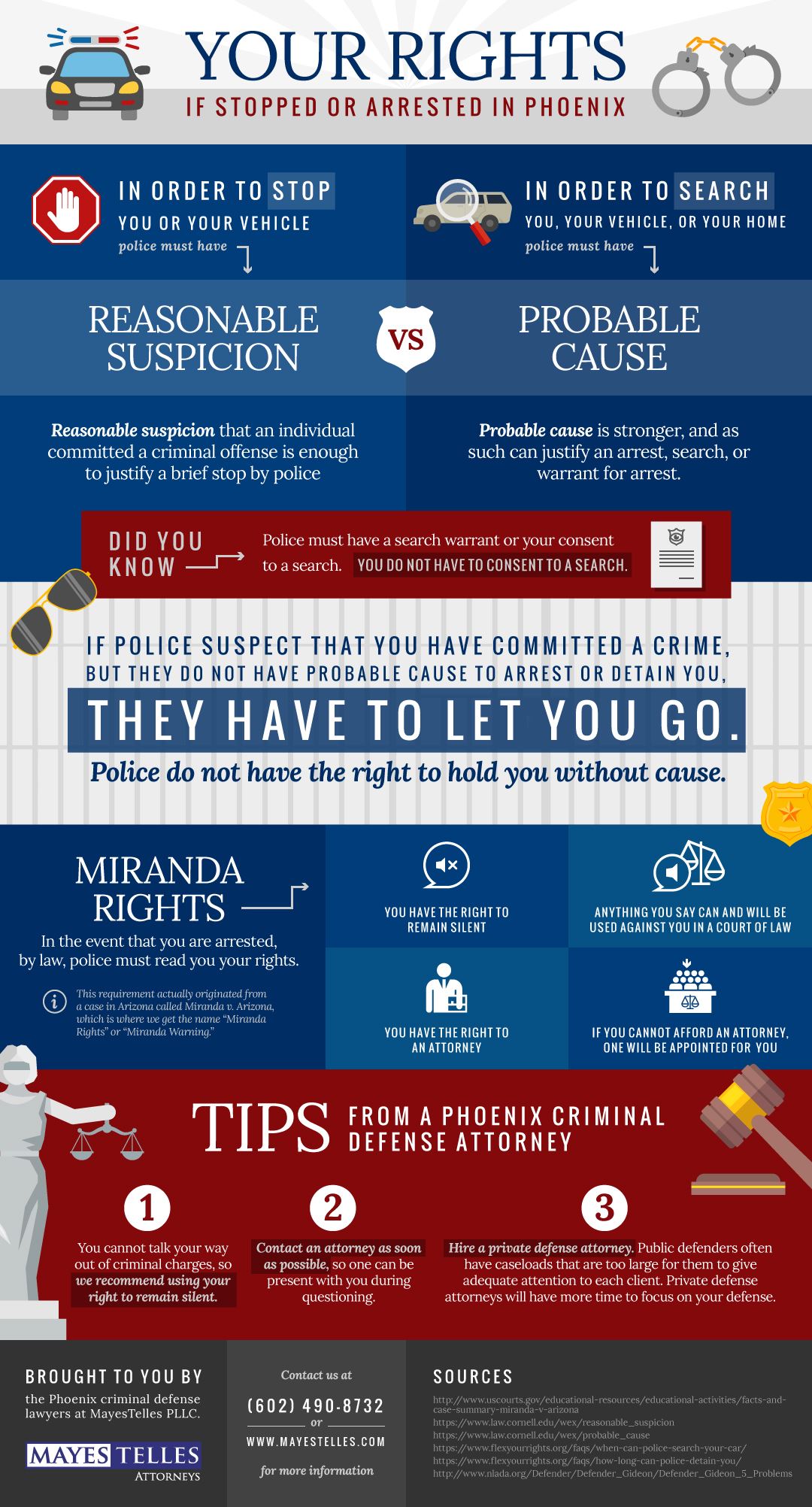What Occurs Throughout A Criminal Trial: A Detailed Introduction

Published By-Bigum Carter
When you enter a criminal trial, you may be surprised by the structured process that unravels. It all begins with jury choice, where potential jurors are looked at for prejudices with a technique called "voir dire." Afterwards, relevant webpage offer their opening statements, setting the stage for the evidence and testaments to comply with. You'll see exactly how the prosecution and defense build their cases, but what happens next can considerably affect the result. Recognizing these phases can expose the intricacies of justice, however there's even more to uncover about the defining moments that comply with.
Jury Option Process
When it involves the jury selection procedure, you're diving into an important phase of a criminal trial. This procedure, often called "voir dire," includes questioning possible jurors to ensure they're objective and capable of providing a reasonable verdict.
You'll see both the prosecution and defense lawyer taking part actively, each aiming to pick jurors that line up with their case's narrative.
Throughout voir dire, you'll see that attorneys ask questions concerning jurors' histories, ideas, and experiences. Their objective is to determine any kind of pre-existing biases that might influence a juror's decision. As a juror, you may feel a mix of anxiety and curiosity, but your honesty is vital.
After examining, lawyers can challenge particular jurors for cause if they think a juror can not continue to be unbiased. They can also utilize a minimal number of peremptory obstacles to reject jurors without mentioning a reason.
Test Phases Explained
The phases of a criminal trial play a vital role in guaranteeing a reasonable and organized procedure.
You'll first encounter the opening statements, where both the prosecution and protection detail their situations. This sets the stage of what's to come.
Next, the prosecution provides its evidence and witnesses, aiming to show the defendant's shame past a sensible question. You'll see direct examination followed by cross-examination, enabling both sides to test the here and now details.
After the prosecution rests its instance, it's the defense's turn. They'll offer their evidence and witnesses, usually concentrating on developing sensible uncertainty. You'll notice that the protection does not need to confirm virtue; they simply need to challenge the prosecution's instance.
Once both sides have actually provided their arguments, you'll listen to shutting declarations, where each event summarizes their instance. This is crucial as it strengthens their positions prior to the court ponders.
Throughout these phases, the judge ensures that the trial sticks to lawful criteria and that the rights of both celebrations are shielded.
Comprehending these stages will help you value the complexities involved in a criminal test and the importance of each action in the pursuit of justice.
Judgment and Sentencing
Besides proof has existed and debates made, the jury or judge supplies a verdict, determining the offender's regret or virtue. If you become part of the court, you'll deliberate with your other jurors, discussing the proof and your impressions. This procedure can require time, as you'll intend to ensure every person agrees on the decision based on the truths.
When a decision is reached, it's announced in court. If the offender is found guilty, the next stage is sentencing. This is when the judge makes a decision the suitable penalty. You might discover that numerous elements influence the sentence, such as the severity of the criminal offense, the accused's previous record, and any mitigating situations.
The judge may impose a variety of sentences, from fines and social work to jail time. Occasionally, the protection or prosecution can offer debates relating to sentencing, attempting to persuade the judge's decision.
If the defendant is found not guilty, they're acquitted, and no penalty complies with. Bear in mind that a guilty judgment can frequently result in appeals, where the offender may test the decision or the sentence imposed.
Final thought
In a criminal test, you have actually seen how important each action is, from court option to the final judgment. You've adhered to the prosecution and protection as they construct their cases, intending to convince the court. As soon as deliberation completes, the judgment identifies the result, and if the accused is condemned, the sentencing stage starts. Recognizing relevant site assists you appreciate the intricacies of the justice system and the value of each role in ensuring a fair trial.

